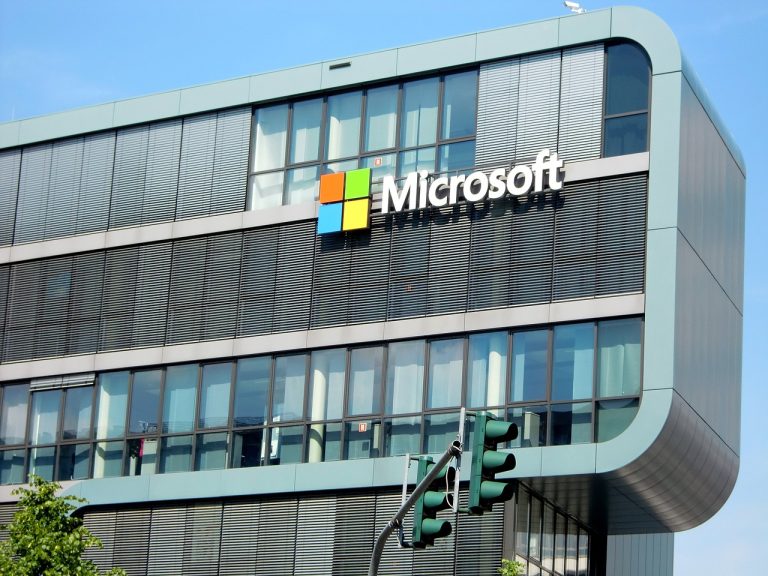Nigeria Will Join Kenya, Ethiopia, and South Africa in 5G Rollout

The 5G rollout in Nigeria will be overseen by MTN Nigeria in conjunction with Mafab Communications.
According to the Nigeria Communication Commission’s release, the exercise will begin in August 2022.
When releasing license letters to the two businesses that won the 5G Spectrum Licences auction, the NCC made this declaration.
Spectrum distribution:
After Airtel withdrew its bid, Mafab Communication and MTN Nigeria emerged as the winners of the 3.5GHz spectrum auction in Nigeria.
MTN was given the first lot in the 3500MHz-3600MHz band after winning the preferred bid. The winner of the second bid was given 100MHz in the 3700MHz-3800MHz range. For 100MHz of spectrum, the businesses paid a total of US$273.6 million apiece.
The regulator has mandated that the carriers commence the implementation by August 24, 2022.
Nigeria will follow Kenya, South Africa, Madagascar, and other African countries in launching 5G services.
“The NCC requires combined efforts and support of the corporate sector and government toward altering every element of the nation’s economy through 5G, which will herald more transformation than the nation seen with the 1G, 2G, 3G, and 4G,” according to the authority.
Kenya, South Africa, and a few more African countries have since launched 5G services. While the service is still in beta, telcos are moving quickly to build commercial versions, notably Safaricom in Kenya, which plans to introduce the service before the end of the year. Ethiopia has since launched 5G pilot tests in Addis Ababa with state-owned Ethio Telecoms.
MTN Rwanda’s expansion
MTN has also grown its market share in Rwanda, now serving 64.6 percent of the country’s mobile consumers.
Rwanda’s MTN CEO had a strong first quarter, with mobile users increasing 5% year over year to 6.5 million by the end of March 2022.
In the small East African country, more people are using MTN Mobile Money (MoMo) and data services.
Users of active data climbed by 26.3 percent year over year to 2.2 million, while users of MoMo increased by 12.1 percent to 3.8 million.







